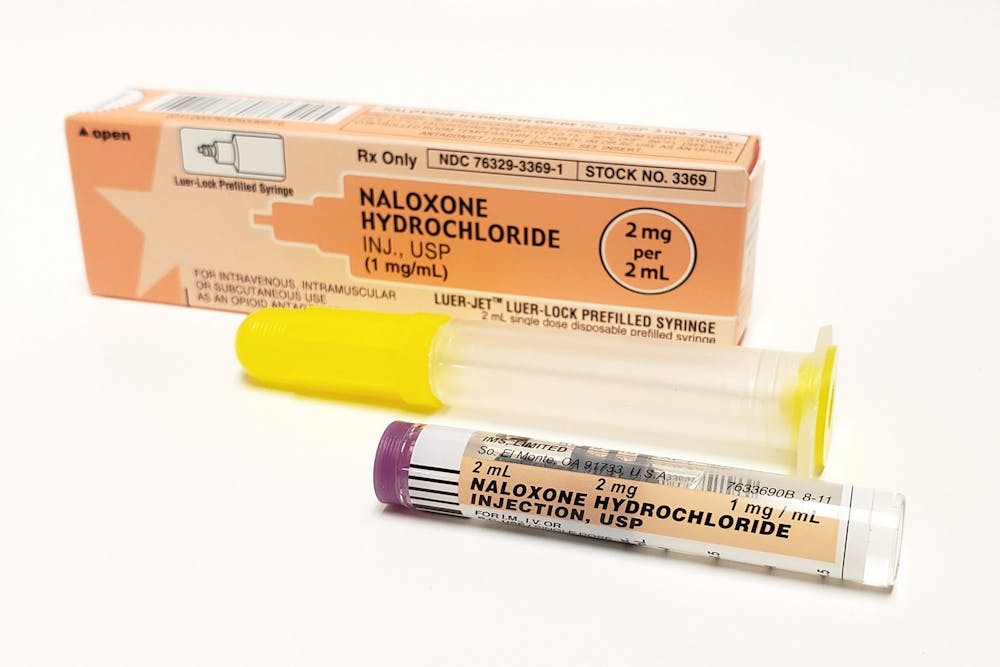Campus Living partnered with the Erie County Department of Health (ECDOH) to provide residential life staff the training to administer Naloxone in the event of an opioid overdose.
According to the ECDOH, Naloxone, widely known as Narcan, temporarily blocks the effects of opioids and can reverse overdoses. The effects of Naloxone can last anywhere between 30 to 90 minutes.
The Naloxone training was held during the spring paraprofessional staff training at the start of the semester, according to Erin Dengler, senior assistant director of marketing and communications for Student Life.
A shortened version of the training that residential staff received can be found here.
“We are partnering with University Police, who are trained first responders, to finalize the Residential Life policy,” Dengler stated. “Approval of the policy requires alignment with SUNY guidance.”
The policy will include the response steps outlined on the ECDOH’s site, but residential staff are instructed to call UPD rather than 911 in response to any medical-related incidents.
In the event of an emergency, Campus Living staff will administer Narcan if they have access to it on their person or are able to retrieve Narcan before UPD arrives, according to Meegan Hunt, interim director for Residential Life.
Hunt further noted that UPD has “extremely fast response times of two to three minutes.”
Gov. Kathy Hochul signed legislation last fall requiring SUNY and CUNY housing facilities to have a supply of “opioid antagonists” and provide training of resident assistants in the administration with the intention of “leading to faster response times” and “preventing needless tragedies.”
The bill is a response to the opioid epidemic crisis and the increased death rates in NYS, which exceeded national rates in both 2020 and 2021, according to the executive summary of Thomas P. DiNapoli, NYS comptroller.
According to findings in DiNapoli’s summary, in 2021, every 25 out of every 100,000 New Yorkers died from opioid overdoses compared to five per 100,000 in 2010.
“By having on-site opioid antagonists in schools and trained resident assistants capable of administering these antigens, these life saving medications are a common sense solution to preventing more overdose-related fatalities,” the summary says.
Additional information and resources about opioids and other substances in Erie County can be found here.
Kiana Hodge is a news editor and can be reached at kiana.hodge@ubspectrum.com





